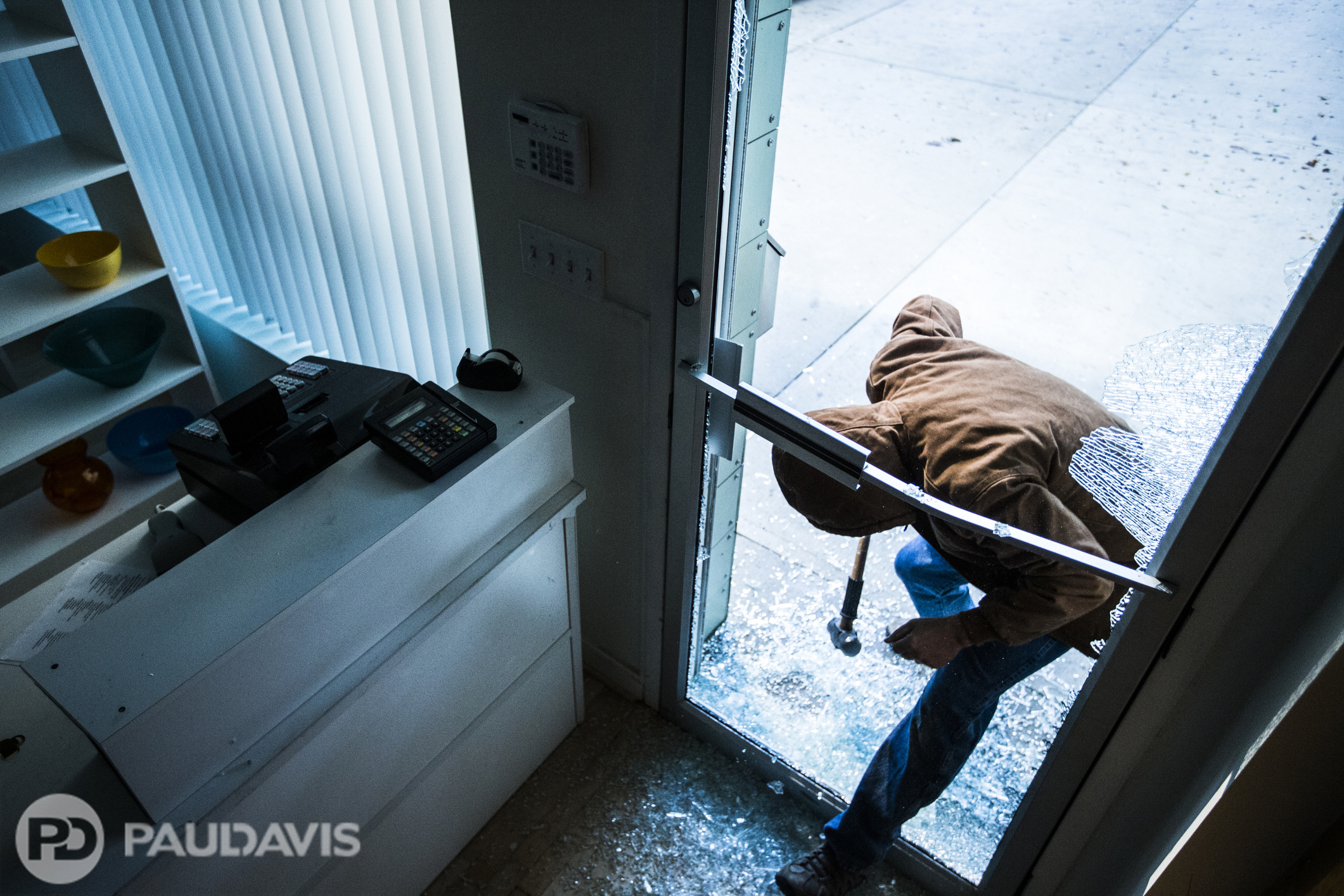
What are the chances your small business will be free of insurance claims in the next decade? Surprisingly, not much better than a coin toss. “Four of 10 small businesses will file a property or liability claim in the next 10 years,” says Leslie Anderson, Paul Davis Vice President of Training. “If your business doesn’t involve riskier features like manufacturing or vehicle fleets, you might assume that your claims will be few. Data says otherwise.”
Research by the insurance industry reveals the following top 10 most common claims risks for small businesses. They are ranked in order of costliness per incident:
- Business Reputation Damage: The most expensive type of claim, this event is fortunately uncommon, striking just one in 20 small companies. Tips for reducing risks: refrain from controversial public statements, develop social media guidelines for employees, be judicious about using content and retain legal counsel you trust.
- Vehicle accidents: Only one in 20 small businesses experience this claim, but they are almost as costly as business reputation incidents. Strong company motor vehicle safety programs – including training, standard operating procedures, regular driver inspections and routine vehicle maintenance – help reduce risks.
- Fire: This claim is more common, striking about one in 10 businesses. Recommended measures to prevent these claims include training employees in fire safety as well as providing and maintaining firefighting systems like alarms, sprinklers and properly rated fire extinguishers.
- Product liability: Fewer than one in 20 businesses file this type of claim, but it is still a costly one. Broadly, companies can reduce risks by following applicable regulations for products and services, maintaining detailed records and responding promptly to customers. Because businesses are so diverse, however, legal counsel can assist further with targeted measures.
- Injured customers: Fewer than one in 20 businesses file this claim. These claims vary widely and can include burns, parking lot incidents, device malfunctions, and overcrowding. A company’s best bet for managing these risks: good maintenance, diligent housekeeping, signage and careful safety planning.
- Weather damage: Between one and two companies in 10 will make this insurance claim. Appropriate landscape maintenance is the best defence: trimming trees, securing outdoor features, contouring the property to promote drainage and hardening structures.
- Customer slips, trips and falls: This claim is relatively common – afflicting about one in 10 small companies. Good property maintenance and upkeep reduce these risks.
- Ice damage: Between one and two businesses in 10 file this claim. Again, good property management helps avert incidents: remove snow and ice, train staff to winterize outdoor faucets and hire a plumber to assess if pipes are vulnerable to freezing.
- Object strike: Fewer than one in 20 businesses have objects hit people but risks are unfortunately common: improperly stored inventory, untrimmed trees, unsecured tools, onsite moving equipment. These incidents are best avoided by developing and regularly reviewing a site safety plan with employees trained in how to execute it.
- Burglary and theft: This type of claim occurs more often than any other type but is lower in severity. To reduce risks, experts advise conducting human resources background checks, controlling property access, ensuring good lighting and, if possible, retaining security staff and installing monitored alarm systems.
“As you can see from the recommended steps above, many claims can be prevented by properly assessing and managing risks,” Anderson says. “Anticipating problems protects your business because frequent claims raise your insurance rates more than infrequent large claims. Your insurance agent can help with coverage. Paul Davis can help manage and prevent risks.”
